I want to minimizing application to system tray using WPF. Is "NotifyIcon" is the only way to achieve this result? If yes, which namespace is required for using "NotifyIcon" in WPF?
If possible with "NotifyIcon",please provide some hint, how can I use that in my Mainwindow?
My main window is,
public partial class MonthView : MetroWindow
{
public DateTime SelectedDate { get; set; }
public MonthView()
{
InitializeComponent();
calMain.DisplayDate = DateTime.Today;
Globals._globalController = new AppController();
Globals._globalController.appTaskManager.setupLocal();
Globals._globalController.setMonthViewWindow(this);
}
public void calItemSelectedDate(object sender, SelectionChangedEventArgs e)
{
DateTime d;
if (sender is DateTime)
{
d = (DateTime)sender;
}
else
{
DateTime.TryParse(sender.ToString(), out d);
}
SelectedDate = d;
ShowActivity(d);
}
public void ShowActivity(DateTime date)
{
DayView Activity = new DayView(date);
Activity.Show();
this.Hide();
}
private void SetButton_Click(object sender, RoutedEventArgs e)
{
SettingsView set = new SettingsView();
set.Show();
this.Hide();
}
}
